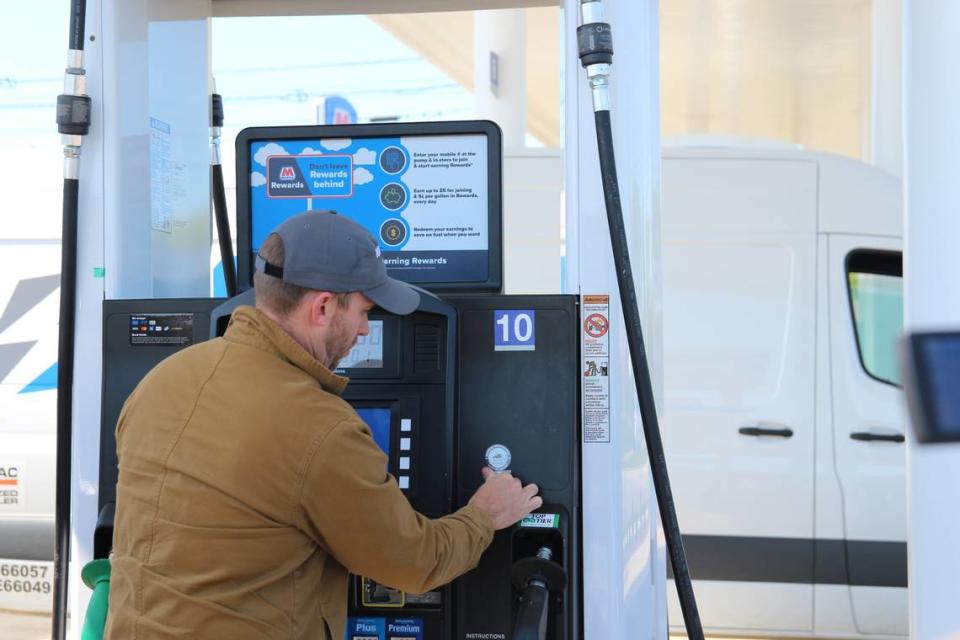Kentucky drivers will notice a change at the gas pump this summer, a change that is intended to possibly save a life.
The Kentucky Department of Agriculture announced a new initiative Monday aimed towards reminding motorists to “never leave children or pets in a hot vehicle.”
While KDA motor fuel inspectors check the fuel supply at gas stations this year, they will also place a sticker with a special message to motorists on the gas pumps reminding them to not leave children or pets unattended in hot vehicles this summer. The special stickers were unveiled at a Clark’s Pump-N-Shop gas station in Lexington Monday.
Kentucky Agriculture Commissioner Jonathan Shell was in attendance at the special ceremony Monday. In a press release Shell said the KDA’s role is to provide greater-good services to the community, and this sticker initiative is one way they can help.
“We are hopeful these stickers provide that reminder to be mindful of the lives in your car and how you can help protect them,” Shell said in a press release.



How many children die from being left in a hot car?
Last year 29 children across the country died due to vehicular heatstroke, according to the KDA. Nearly 1,000 children have died from pediatric vehicular heatstroke since 1998, according to noheatstroke.org, a website that tracks heatstroke incidents across the country.
The last pediatric vehicular heatstroke related death that happened in Kentucky was in July 2020 in Hopkinsville, according to noheatstroke.org. It left a 3-year-old girl dead.
Kentucky is tied for 13th among states in pediatric vehicular heatstroke related deaths since 1998 with 23, according to noheatstroke.org. In the press release, Shell said he hopes the stickers raise awareness to the issue that’s one of the leading causes of non-crash, vehicle-related deaths for children 14 and younger.
“None of us want to believe that we would get so distracted that we would exit our vehicle without our child or pet, it is vital that we all slow down and take the precautions necessary to ensure that it doesn’t happen,” Kentucky State Police Sgt. Matt Sudduth said in a press release. “KSP commends the Kentucky Department of Agriculture and gas stations across the Commonwealth for educating Kentuckians and working to save lives.”
Over 50% of pediatric vehicular heatstroke related deaths were attributed to cases where caregivers forgot about the child in the vehicle, according to noheatstroke.org. Roughly 43% of the pediatric vehicular heatstroke related deaths in Kentucky were attributed to forgotten cases, which is below the national average.
The average age of victims from pediatric vehicular heatstroke related deaths across the country was just over two years old, according to noheatstroke.org. Approximately 31% of the victims were under one year old.
Heatstroke begins when the core body temperature reaches about 104 degrees fahreneit, according to the United States Department of Transportation. Heatstroke can be lethal when the core body temperature is just three degrees warmer.
Some tips to avoid pediatric vehicular heatstroke for drivers are checking the vehicle before you leave and lock it, keep your keys out of reach and take action if you notice a child alone in a car, according to the USDOT.
